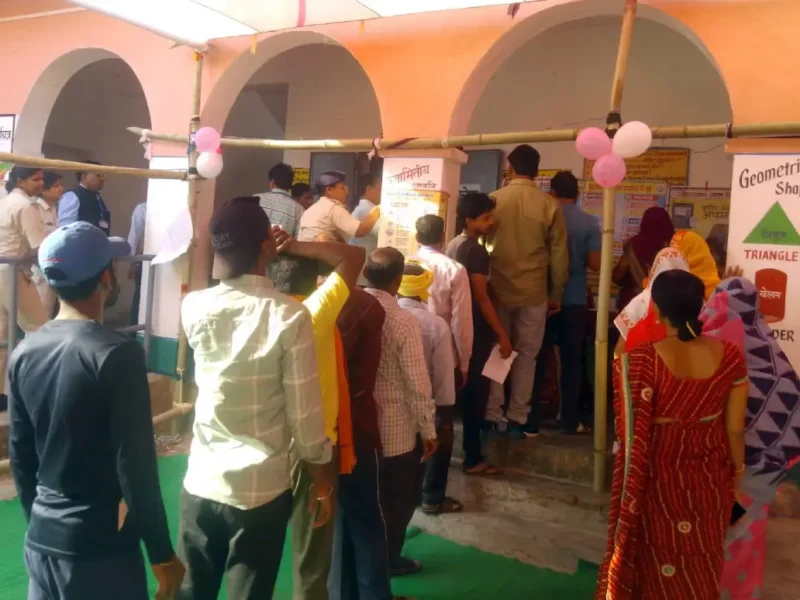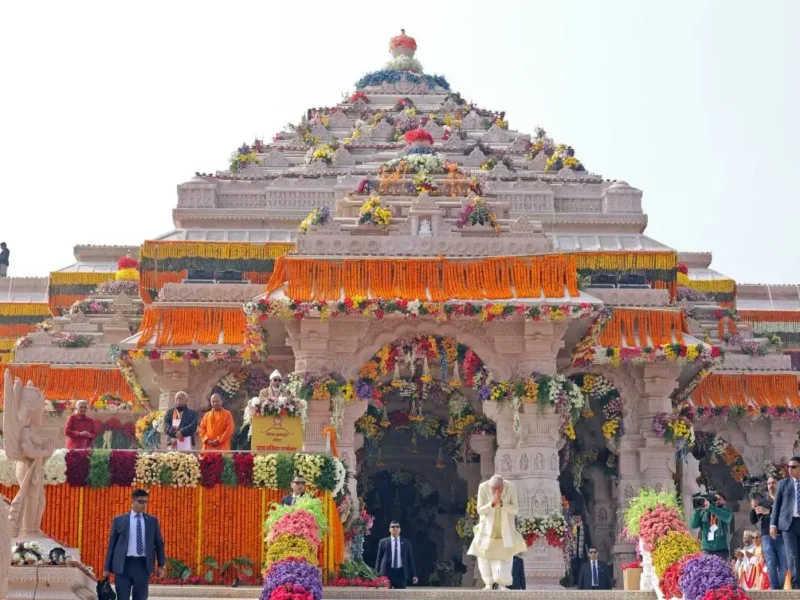
In Memory Of India’s First War of Independence, May 10, 1857
From Neera Kuckreja Sohoni, CA
Throughout history, colonization has failed whenever and wherever it has sought to challenge and demolish indigenous beliefs, mores, and social systems. British colonial regime’s missionary zeal to reform India and make it more akin to British perceptions of what constitutes a cultured society and enlightened polity was destined to fail much like American attempts to modernize and westernize Iraq, Iran, or Afghanistan. Not just Indian soldiers in service of the British but Indians at large felt threatened when their culture and age-long traditions came under attack. It is one such deliberate or unintended malicious act that lit the spark to cause the eruption that led Indians of all ilk, faiths, and callings to rise against the Company.
A deeply offensive rumor that soon turned into a belief that for the new rifles, the cartridges assigned to Indian soldiers required them to bite off the ends of the cartridges that were lubricated with grease that was a mixture of pig’s and cow’s lard. Oral contact with the lard was and is taboo (pig to Muslims and cow to Hindus). That knowledge enraged initially the soldiers who considered it a frontal attack on their faith but soon spread like wildfire to engulf the masses.
An enchained people suffering under the hardships of alien rule were quick to rally behind the soldiery.
On May 10, 1857, a self-absorbed imperial British power faced an historic challenge when India’s presumably imbecile impotent ‘natives’ rose to rebel against the British occupiers of India. Respectfully addressed as “Company Bahadur”, the East India Company which had entered India as a trader had maneuvered to annex and rule over large portions of the country for almost a century. Its rule now was dealt a death blow by Indian ‘mutineers’. The uprising culminated a year later in the company’s dissolution and the transfer of its ruling powers over India to the British crown. Previously known as Governor-General, the crown’s representative in India was designated henceforth as the Viceroy of India.
Compassion or bias leads many to suggest that the crown’s regime was opting for a more enlightened approach to administer the colony celebrated as ‘the jewel in the British crown’. Among its claimed boons to India were an end to land grabs and kingdom annexations, admitting Indians to the lower echelons of civil service, and through education policies helping breed a class of Indians more accepting of Western tenets of governance and civilized conduct.
Westernization or Anglicization remained an unstated goal and a handy tool to keep the natives enlightened but chained to the reigning country. As in other colonies, this inevitably spawned a chunk of natives brown or black in color but white in spirit. It took several decades and tireless efforts of scores of enlightened patriotic leaders from all faiths and callings, and Gandhi’s arrival on the Indian political firmament to turn the servile educated elites and more importantly the uneducated submissive but extraordinarily courageous masses to visualize themselves as a free people and one nation.
Like any occupying power, the company had dismissed the possibility of a servile captive people uniting to challenge the alien rule. Yet, that is exactly what transpired. Sadly, and ironically, the extensive revolt, instead of being recognized as a large-scale movement encompassing British-ruled territories and many of those ruled by maharajas, was dismissively cast as a “mutiny”.
And that is how it remained in our history textbooks even well after India became free. It took Vir Savarkar to change the lexicon when he dared to define the mutiny as India’s First War of Independence in his bombshell book surreptitiously published in 1907 on the 50th anniversary of the ‘mutiny’. In the book he historically presented the 1857 event as a unified and national uprising of India united as a nation against British authority, with Hindus and Muslims working together to “freeing their country”.
It is 166 years to that historic day when India awoke for the first time in a united way to challenge the might of the British. The gauntlet thrown then marked the beginning of the end of the mighty British presence in India and heralded night for an empire on which the sun was never expected to set.
(This submission has not been edited)




